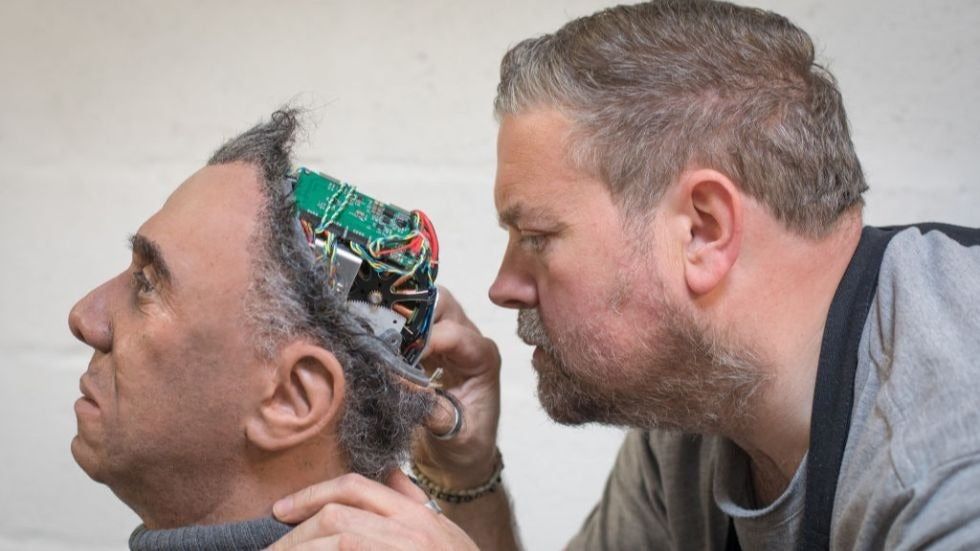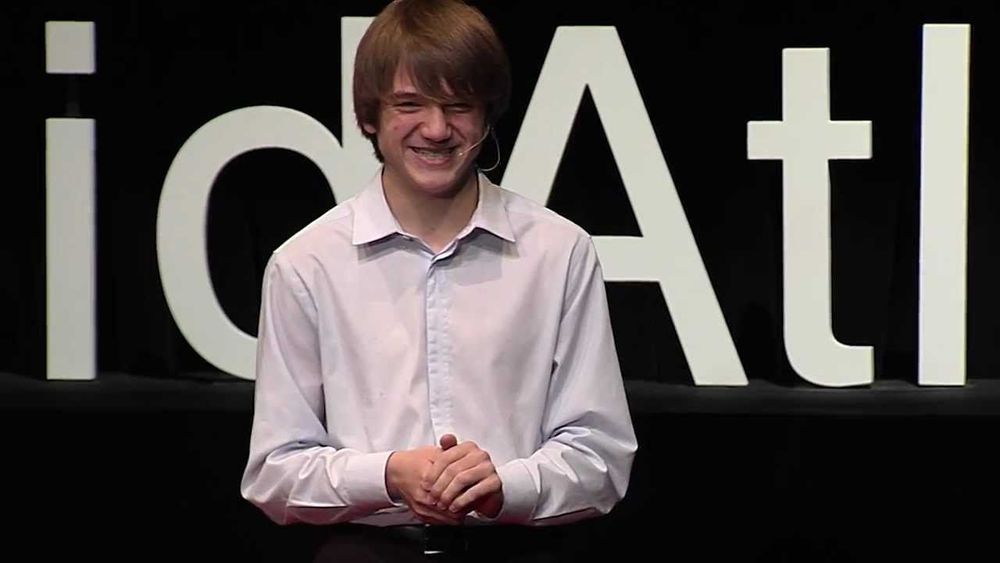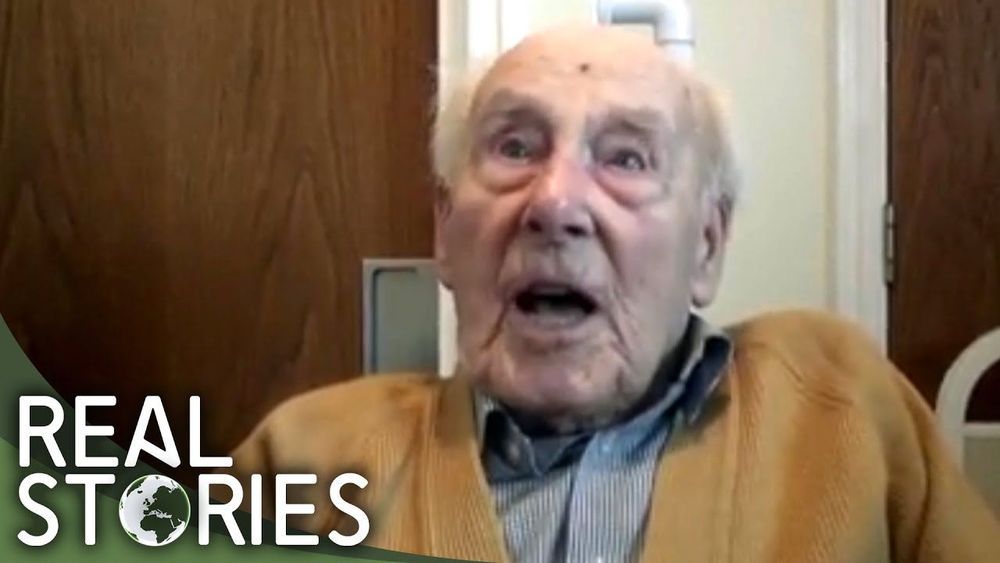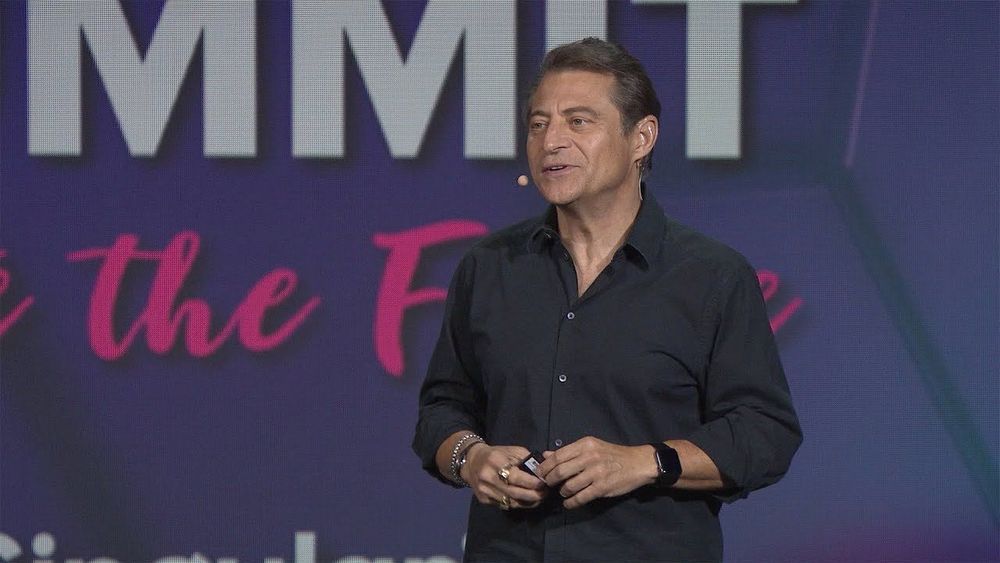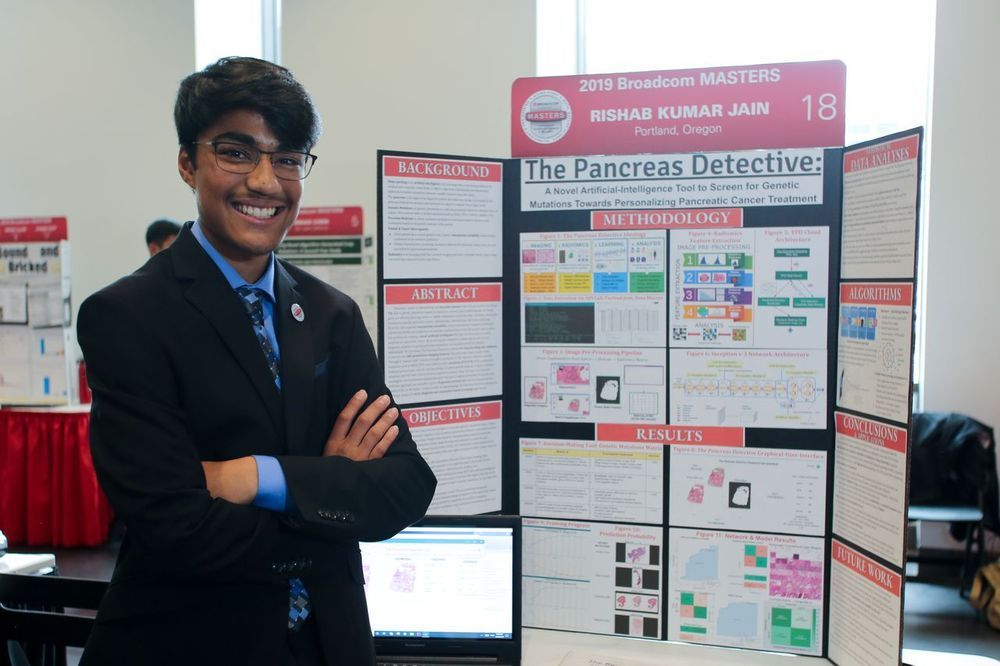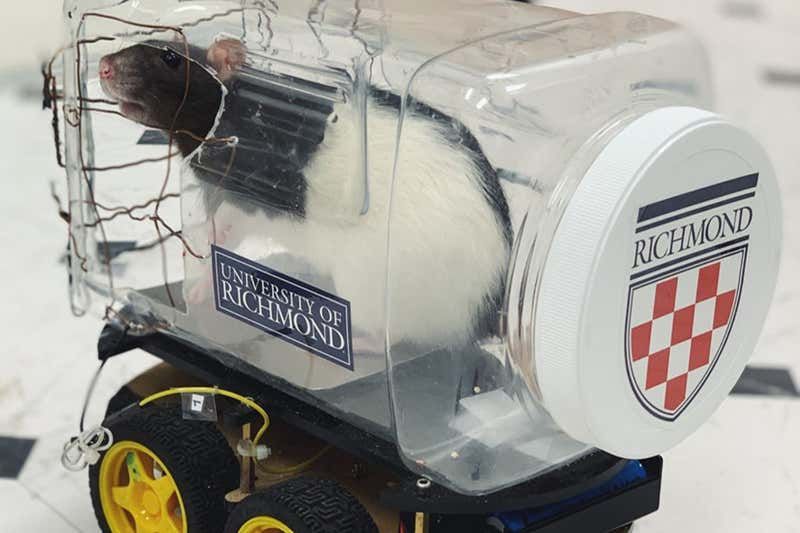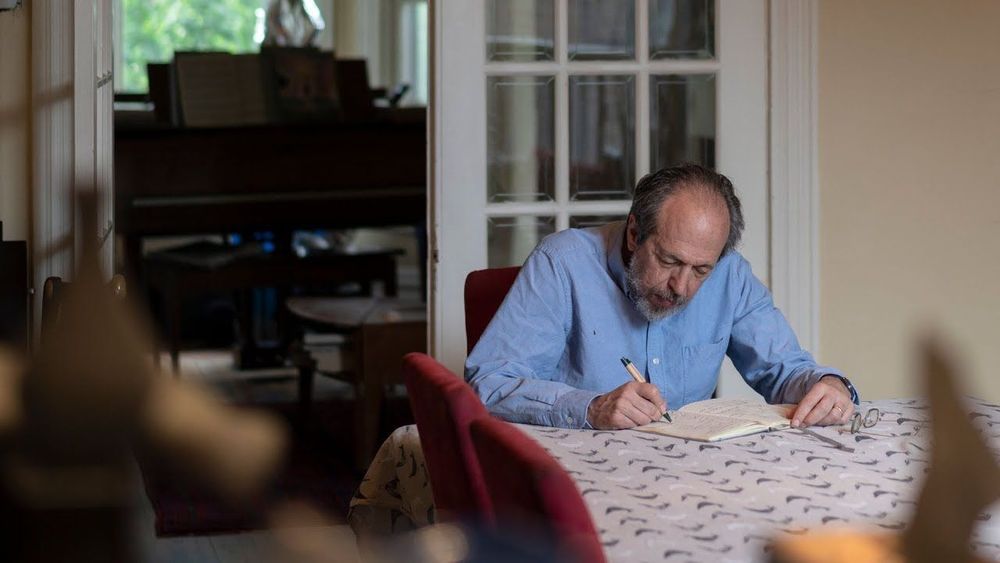Disruption of the job market and the economy from automation and the rise of artificial intelligence (AI) is one of the primary ideas animating Andrew Yang’s surprising campaign for the Democratic presidential nomination. Alone among the candidates, Yang is directly engaging with one of the central forces that will shape our futures.
A recent report from the consulting firm Deloitte found that, among more than a thousand surveyed American executives, 63 percent agreed with the statement that “to cut costs, my company wants to automate as many jobs as possible using AI,” and 36 percent already believe that job losses from AI-enabled automation should be viewed as an ethical issue. In other words, while media pundits dismiss worries about automation, executives at America’s largest companies are actively planning for it.
It may seem odd to worry about AI and automation at a time when the headline unemployment rate is below 4 percent. But it is important to remember that this metric only captures people who are actively seeking work. Consider that, in 1965, only 3 percent of American men between the ages of 25 and 54 — old enough to have completed education but too young to retire — were neither working nor actively looking for employment. Today, that number is about 11 percent.
In other words, the percentage of working-age men completely disenfranchised from employment markets has nearly tripled. The economist and former Treasury secretary Laurence Summers has estimated that, by 2050, that number could more than double again to a quarter or even a third.
